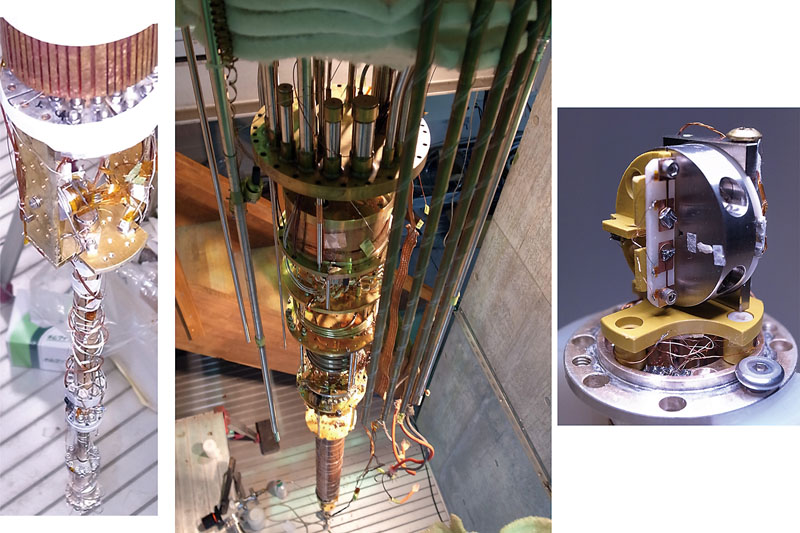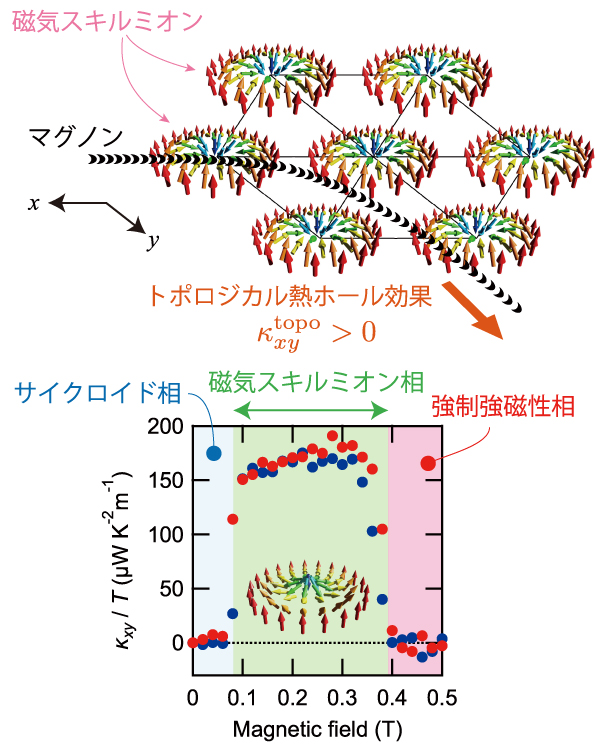Yamashita Group

- Affiliation
-
Division of Condensed Matter Science
(concurrent with Quantum Materials Group) - Course
- Adv. Mat., Frontier Sci.
 Research Associate TAKEDA, Hikaru
Research Associate TAKEDA, Hikaru
Research Subjects
- Study of strongly correlated-electron systems at ultralow temperatures
- Study of thermal Hall effects of charge-neutral excitations in insulators
- Multipole orders studied by NMR measurements
What happens when materials are cooled down close to absolute zero temperature? It sounds a boring question because everything freezes at T = 0. It is NOT true, however, because quantum fluctuations persist even at absolute zero temperature. The richness of low-temperature physics was first demonstrated by Heike Kamerlingh Onnes at 1911, who was the first to liquify Helium and reached ~ 1 K. He discovered that the resistance of mercury suddenly vanished at low temperature. Followed by this discovery of the superconducting transition, many amazing quantum phenomena – superfluid transition of Helium, Bose-Einstein condensations of Alkali Bose gases – were found at low temperatures. We are interested in these quantum condensed states at low temperatures where the thermal fluctuations are negligible. Especially, we are now challenging measurements of correlated electron systems at ultralow temperatures (below 20 mK) where many interesting phenomena have remained unexplored due to technical difficulties. Further, we are studying thermal Hall effects of charge-neutral excitations (phonons and spins) in an insulator, as well as detecting multipole orders by NMR measurements.


